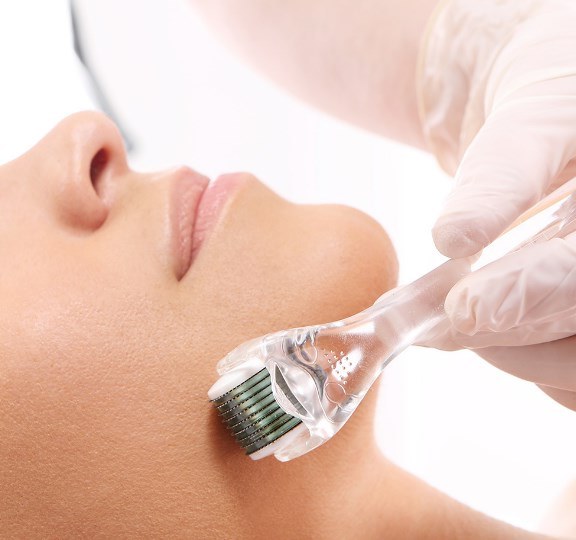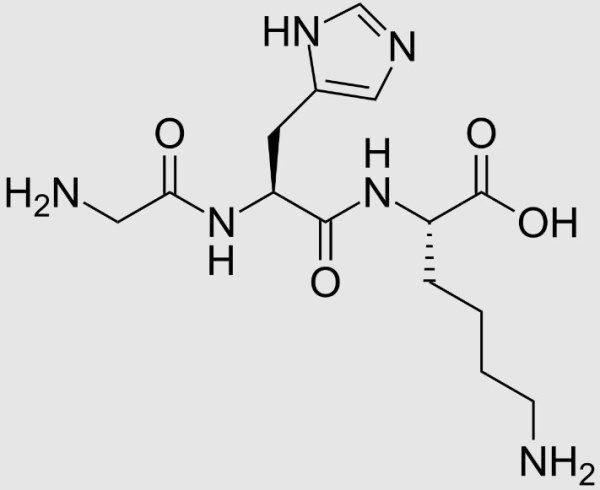Contents
What Is Microneedling:
Microneedling is a moderately invasive cosmetic technique that stimulates collagen production to treat skin problems, such as acne scars and stretch marks. This technique can be a lifesaver for indeterminate people about their appearance. It is more generally known as collagen induction therapy.
Additionally, people also utilize the technique in specific anti-aging procedures, including eyelid surgery and treating sunspots.
Laser treatments are more expensive and can cost up to four times more. Microneedling may be more effective for persons with darker skin tones than laser treatments since it does not require heat, which might impact your skin’s pigmentation or color. Consult your dermatologist about the most incredible options for your skin and your budget.

Microneedling At Home?
One of the secrets to attaining exceptional outcomes is to space out your treatments. The size of the needles and the sensitivity of your face are typical factors. If you use shorter pins, you must microbleed every other day, whereas you must microbleed every three to four weeks if you use longer needles.
It is also an essential aspect of the therapy to avoid exposing your skin to the sun for long periods to prevent hyperpigmentation. To improve results, sterilize the rollers after each usage with isopropyl alcohol and pre-treat your skin with Vitamin C.
For long-term effects, derma rolling necessitates a holistic strategy. Home therapy takes time to obtain the desired outcomes.
The Process:
Dermatologists perform micro-needling (doctors who specialize in skincare and skin problems). It also involves aestheticians. If you try it anywhere other than a doctor’s office, double-check the person’s experience and credentials, as well as equipment sterilization.
Depending on the size of the region, the technique typically takes 10-20 minutes. The majority of people require 4-6 treatments to notice an improvement.
To avoid feeling the needle pricks, the dermatologist applies a numbing cream to your face. The micro-needling practitioner will then move pen-shaped or rolling equipment containing tiny needles around your face. The needles create microscopic wounds in your skin, resulting in some bleeding.
The specialist might then apply a serum on your face after that.
The Cost:
Reports suggest that micro-needling sessions range in price from $100 to $700 per session. The majority of cosmetic treatments cost roughly $300 each appointment.
Insurance does not cover the expenses of Microneedling because it is considered a cosmetic or aesthetic therapy. Your doctor may be able to structure a payment plan for you to help you finance your treatments. Some offices even provide financial assistance.
Are there any risks or side effects?
Microneedling, like all cosmetic procedures, carries some risk. Minor skin irritation is the most prevalent side effect right after the treatment. For a few days, you may see redness. Contact your dermatologist if you start to experience more severe side effects, such as:
- Bleeding
- Bruising
- Infection
- Peeling
You should not consider micro-needling if you:
- Are pregnant
- Have specific skin disease, such as eczema
- Have open wounds
- Have had radiation therapy recently
Best Serums To Use Or Avoid After Microneedling:
One of the most widely quoted advantages of micro-needling is its potential to aid serums and moisturizers in penetrating deeper and becoming more effective.
Some elements that you should keep an eye out for in your serum:
- Vitamin C
You should avoid applying serums containing Vitamin C on the treated area. It’s critical to get a high-quality serum that will brighten and increase collagen production. There have been cases of granulomas (firm nodules) in persons who have used topicals containing chemicals that cause a foreign body reaction in the skin, such as vitamin C.
- Hyaluronic acid
Hyaluronic acid attracts and holds moisture, and it can help fill and moisturize the skin following micro-needling.
- Peptides
Copper peptides are naturally occurring compounds in the skin, and they help enhance collagen formation when given topically.

Source: Wikipedia.org
- Growth Factors
Growth factors are proteins that help cells and tissues grow and develop correctly. They connect to your skin cells and send out signals that your skin needs to be repaired and rejuvenated. They work in tandem with thickening skin for micro-needling.
For more information on serums and supplements to use after your micro-needling procedure, visit Canadian meds.
To sum up, Derma rolling requires a holistic approach to long-term results. If you are consistent and patient with the process, be ready to say goodbye to your acne scars!
Leave a Reply
You must be logged in to post a comment.